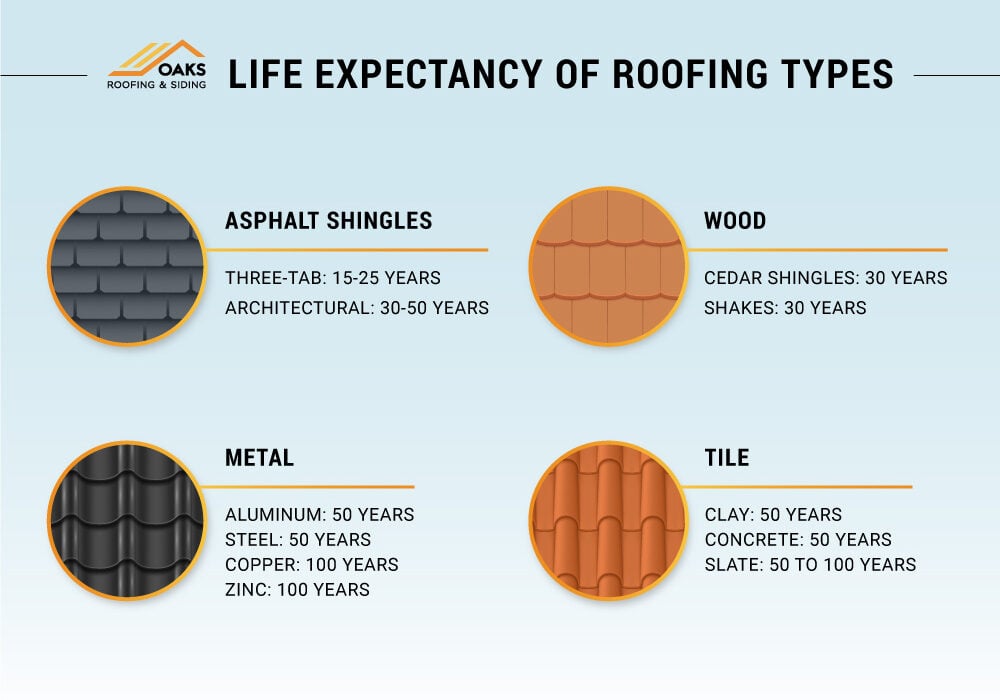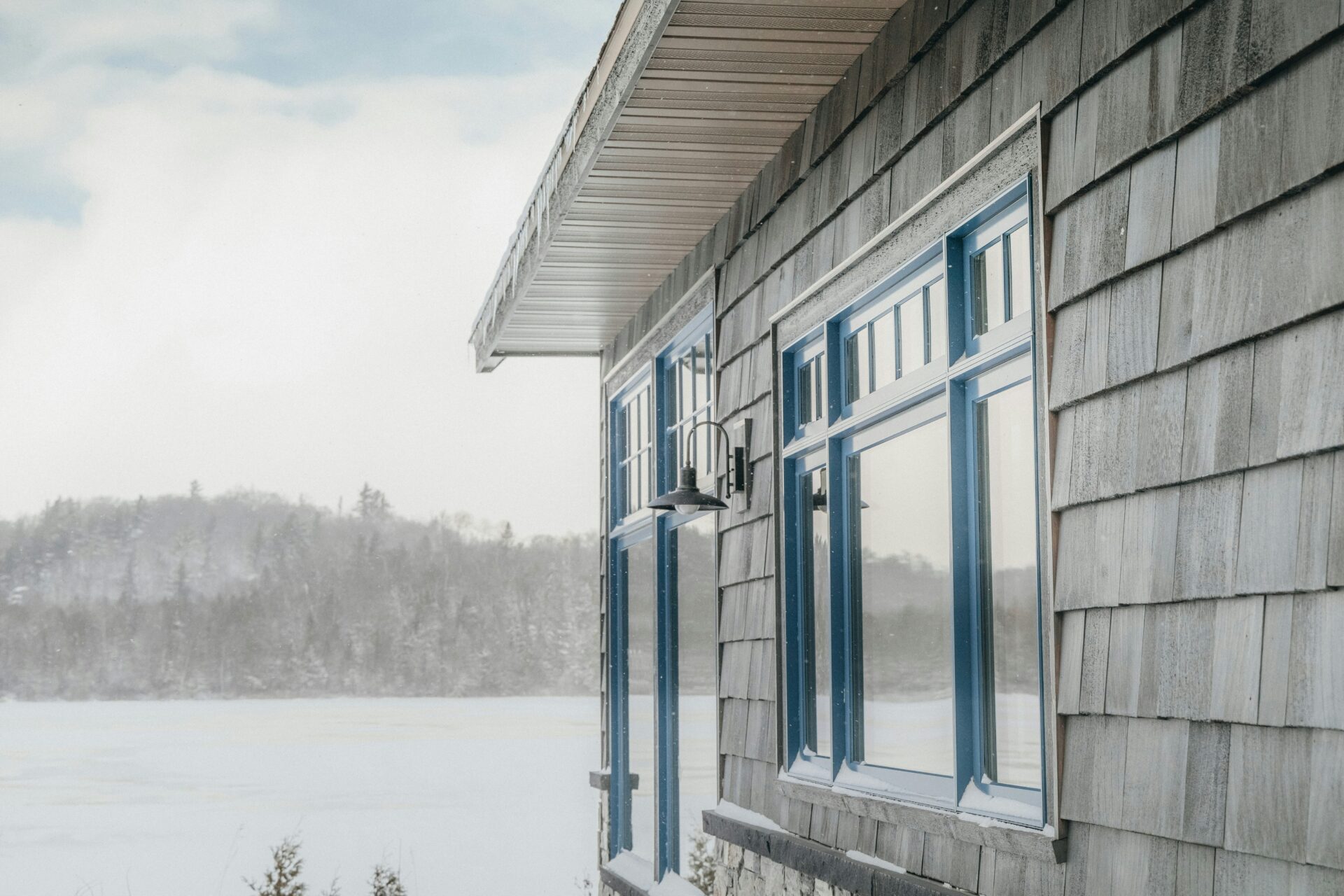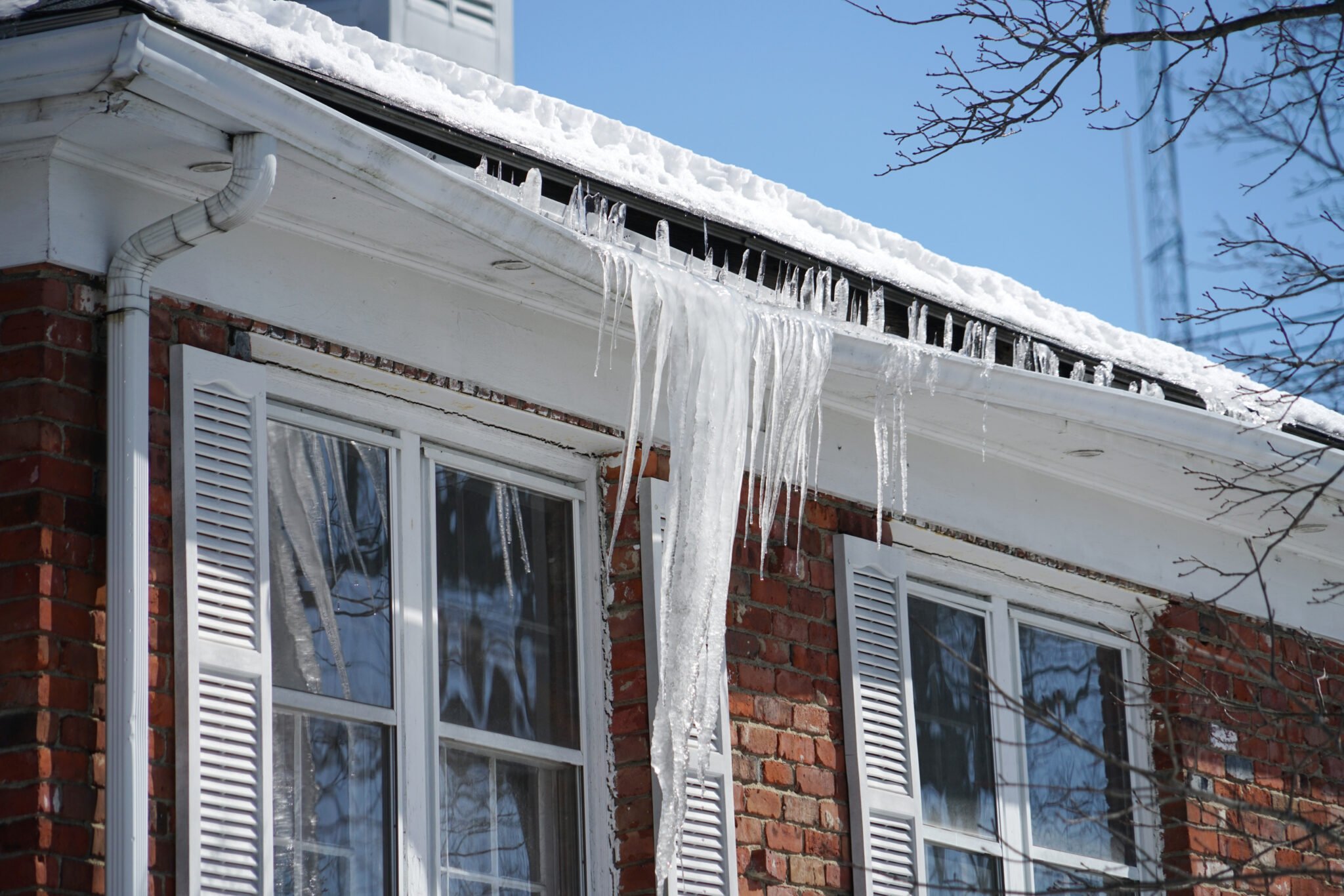Your roof is one of the most important components of your house. It provides structural support and protects your home from the elements, keeping the interior safe and dry. Unfortunately, even a well-maintained roof eventually needs to be replaced. That leaves many people wondering, how long does a roof last?
The life expectancy of a roof is typically 20 to 50 years, depending on the material, quality, and maintenance. Below, we’ll discuss the lifespan of common roofing materials. In addition, we’ll cover when to replace a roof and how to maintain it for longevity.

Life Expectancy of Roofing Types
Certain factors come into play when estimating how long a roof will last. These include installation quality, environmental conditions, and maintenance. It’s important to know that different roofing materials vary in longevity.
Below is the average lifespan of common roofing materials. This is when they are installed with good shingles and parts, like flashing, ventilation, and gutters.
When to Replace a Roof
Even if you’ve maintained your roof throughout the years, there will come a time when you need to replace it. Below are signs that it needs replacement or at least repair.
Sagging or Collapsing Roof: Stand a few yards away from your house. Is your home’s roof straight, or does it sag and slump? If it’s drooping in any areas, have a professional check the roof’s surface. It likely has rotted boards under the shingles from trapped water.
Water Damage in the Attic: Check your attic for leaks or sodden rafters. If the water damage is significant, it can eventually reach the interior of your home. Be aware of any marks, stains, or peeling paint on your ceiling or walls.
Damaged or Missing Shingles: Cracked, curling, or buckled shingles are no longer properly attached to your roof. This means water can seep beneath them and eventually cause a leak. If your roof is missing shingles, the underlayment is exposed to the elements. This should be addressed immediately, as a leak will develop. Sometimes, damaged or missing shingles can be seen from the ground, but it’s best to have an expert assess the situation.
Organic Growth:A professional can detect any organic growth on your shingles, such as moss, mold, or fungi. Because organic matter thrives in damp conditions, it indicates that your roof is retaining wetness. This puts it at risk of rotting.
Missing Flashing or Fascia: Flashing is installed in areas where roofing touches a wall or where roofing and siding meet. Its purpose is to guide water away from susceptible areas like chimneys and skylights. In addition, fascia is installed to protect the roof area where water pours over the back of the gutter. Flashing and fascia are vulnerable areas of the roof. Damage to either roofing component is especially detrimental, and can cause water to seep under shingles, resulting in leaks.
Rusted Roof Valleys: Roof valleys are the v-shaped metal channels between roof slopes. Valleys are prone to leaking, especially when rust develops on the metal and allows water and air to seep through it into the roof.
Stagnant Air: All roofs should be installed with vents to promote proper ventilation. However, even the best roofs can leak humid air into the attic and cause condensation. Without adequate airflow, your roof can suffer from moisture damage. If your home is uncomfortably warm upstairs or your attic is stagnant, have your roof’s ventilation system assessed by a professional.
How to Properly Maintain Your Roof
Proper maintenance may help increase your roof's life expectancy. Here are several basic tips you can implement to maintain your roof's health.
Visual Ground Inspection
A basic visual inspection once a year can go a long way in spotting damage early. Depending on the age of your roof, you may need more frequent inspections. A visual inspection can be performed at ground level to look for signs of wear and tear.
For a closer visual inspection, we recommend calling a roofing professional who can identify any further issues. An expert project estimator from Oaks Roofing & Siding can provide an in-depth examination of the shingles, roof flashing, fascia, and other elements of your roof.
Clean Gutters
A clean gutter system can function effectively, collecting rainwater and directing it away from your roof. When a gutter is clogged with leaves, twigs, and debris, water cannot drain properly and begins to pool on your roof. Eventually, the roof becomes saturated and waterlogged, and the wood beneath the shingles will begin to rot. This can lead to a leak in your attic or ceiling, as well as mold growth.
We recommend a professional gutter cleaning at least twice a year. A seasoned expert can clean, inspect, or replace your gutters if needed.
Reduce Organic Growth & Debris
Debris on your roof should be removed regularly, especially after a storm. Leaving debris on the roof promotes moisture. This can damage roof materials and lead to rot if it stays on the roof for too long. In addition, moss, mold, algae, and other organic growths thrive in damp conditions and should be scrubbed off immediately.
Trim Trees
Trees should be trimmed around your roof to prevent damage to your home’s exterior. Overhanging limbs can fall onto your home from high winds, puncturing and damaging your roof. Overgrown branches that touch a roof can scratch shingles, leading to curling, peeling, or cracking. In addition, dead leaves and twigs from those limbs can get into your gutters, causing clogs.
Oaks Roofing & Siding: Quality You Can Trust
At Oaks Roofing & Siding, we offer various dumpster sizes to meet your needs. Our dedicated representatives are always here to answer questions so your rental process goes smoothly. Call or contact us today, and we'll be happy to help.



